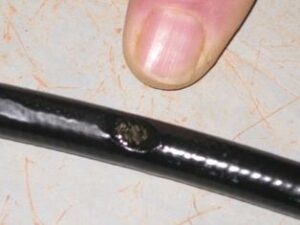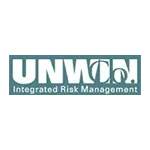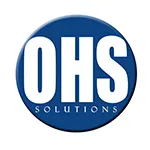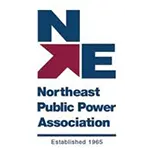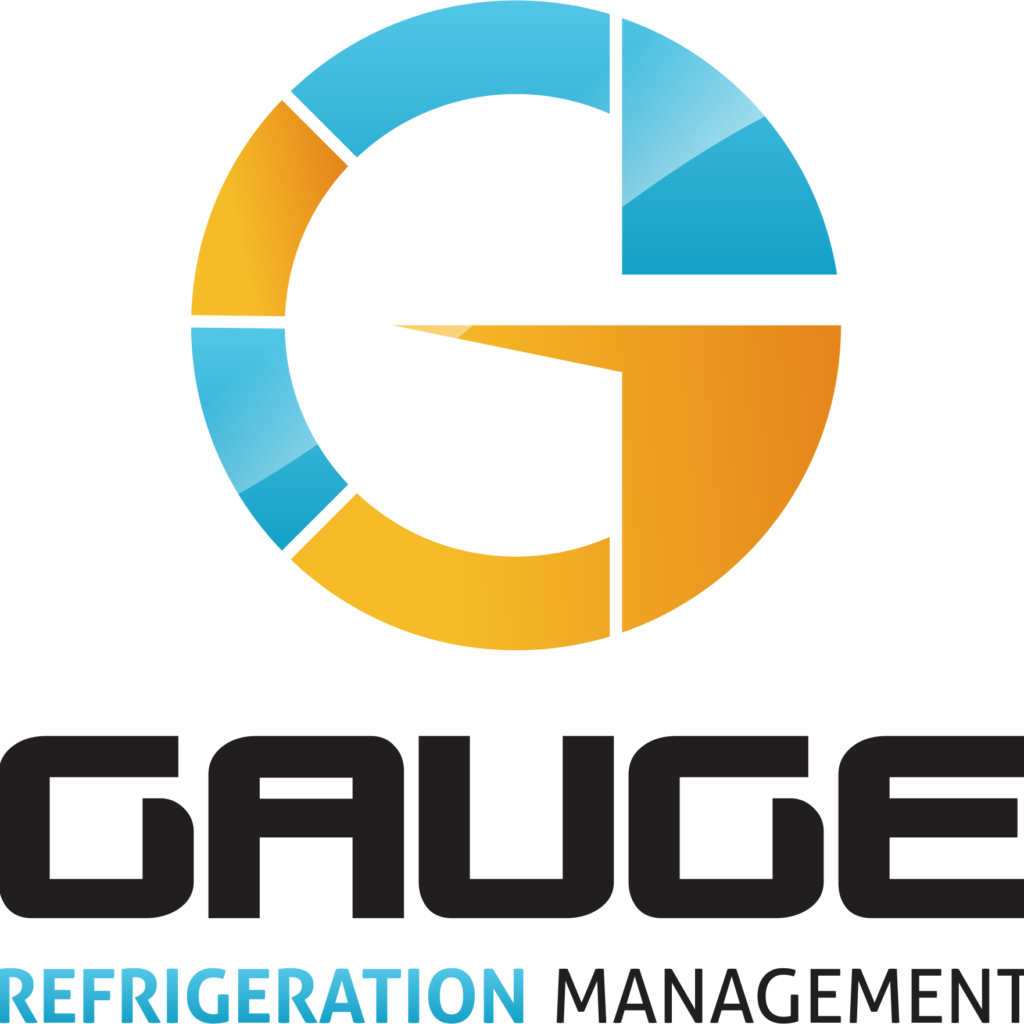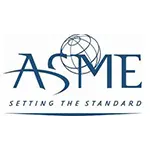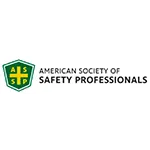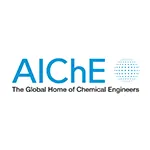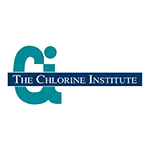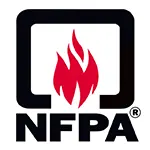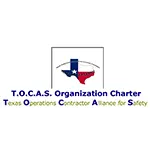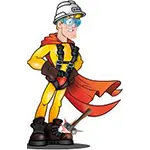CLICK HERE to Renew your Membership
CLICK HERE for a NEW Membership
CLICK HERE to see eligibility requirements for FREE Membership
If you have any questions, please contact me
We offer:
- Over 17,600 categorized unsafe acts/conditions and accident/injury photos
- Over 1,450 ppt's & doc's
- Over 3,975 technical articles on Process Safety & Occupational Safety & Health matters
- Over 450 videos
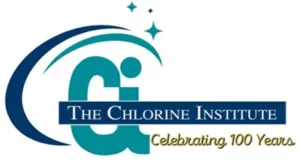
I am proud to announce that have extended our”Partners in Safety” agreement for another year (2025).
CI Members, send me an e-mail to request your FREE SAFTENG membership.

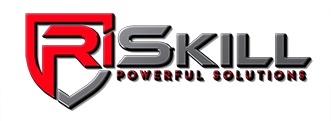



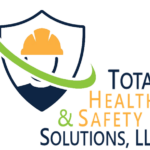








April 23, 2011
An incident at a business serves as a timely reminder that WE must be ever on the look out for potential hazards and risks around working with Hydraulic Fluid under pressure. WARNING!!! Graphic Image
…
HomeRead More »
Read More
April 23, 2011
A verification system is implemented to ensure the continued isolation and de-energization of hazardous energy sources during the course of maintenance and servicing operations. Once the equipment is shut down and the hazardous energy has been controlled, maintenance/servicing personnel, sometimes in conjunction with operations personnel, must test the machinery or equipment to verify that the isolation...
Read More
April 23, 2011
Due to the significant risks associated with inadequate energy control procedures and the failure to properly implement effective energy control procedures, section 1910.147(c)(6)(i) REQUIRES that periodic inspections be performed AT LEAST ANNUALLY (based on twelve-month intervals) to VERIFY that the procedures are adequate and they are being properly applied OSHA believes that these periodic inspections...
Read More
April 22, 2011
OSHA’s performance-oriented LOTO training program requirements, as detailed in §1910.147(c)(7), were developed to provide employer flexibility and deal with various workplace conditions. The specific training material will vary from workplace to workplace and even from employee to employee within a single workplace, depending upon: the complexity of the machine or equipment and the procedures,...
Read More
April 22, 2011
The employer must ensure that specific procedures are implemented during shift or personnel changes to provide a continuity of lockout or tagout protection throughout this transition period. This assurance usually involves action by the authorized or supervisory employee (Primary Authorized Employee) responsible for coordinating affected workforces and maintaining LOTO protection. See §§ 1910.147(c)(4)(ii)(C)...
Read More
April 22, 2011
Verification by the authorized employee that the previous steps of the procedure have effectively isolated the machine or equipment must be done prior to starting the servicing or maintenance work. The authorized employees need to verify that: the machine or equipment has been turned off or shut down properly; all the energy-isolating devices were identified, located, and operated as needed;...
Read More
April 22, 2011
LOCKOUT is a more effective means of ensuring the de-energization of equipment; it is the preferred method because lockout-based safety programs are less susceptible to human error, and tagout devices have INHERENT PHYSICAL LIMITATIONS. Therefore, if the energy isolating device is capable of being locked out, the standard requires LOCKOUT unless the employer can demonstrate that a tagout system will...
Read More
April 22, 2011
The short answer is NO…UNLESS your online training is
SPECIFIC to your workplace,
LOTO written program, and
machine energy isolation procedures
…
HomeRead More »
Read More


